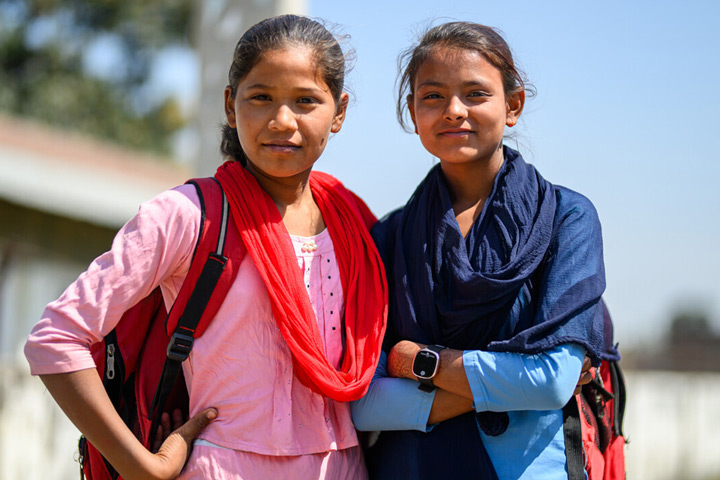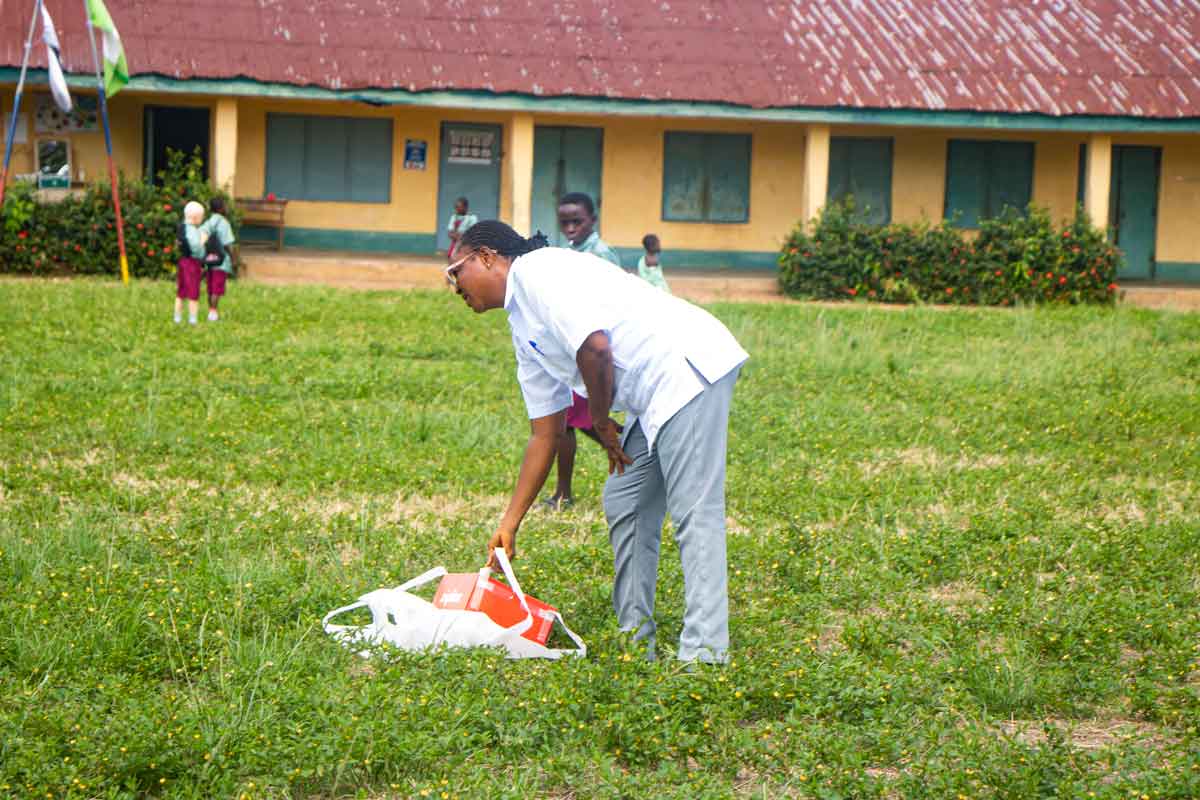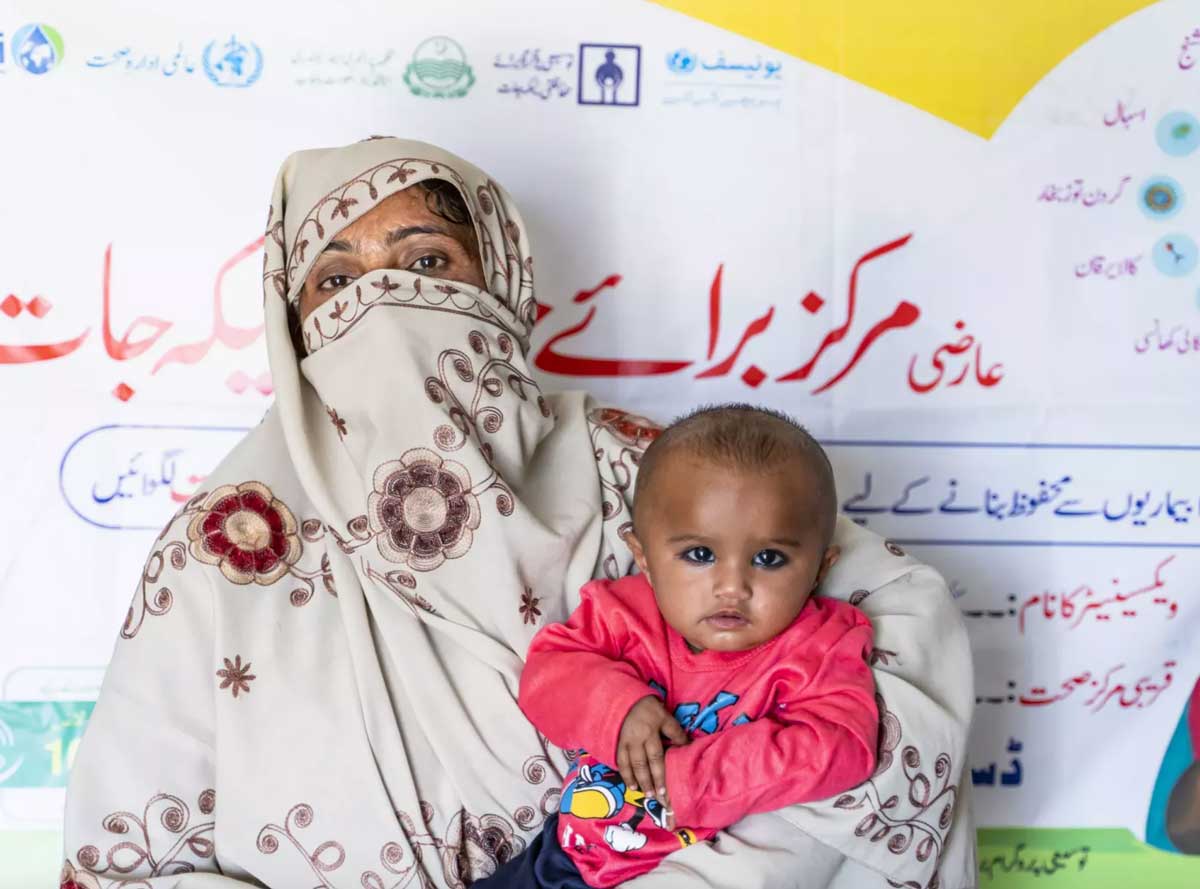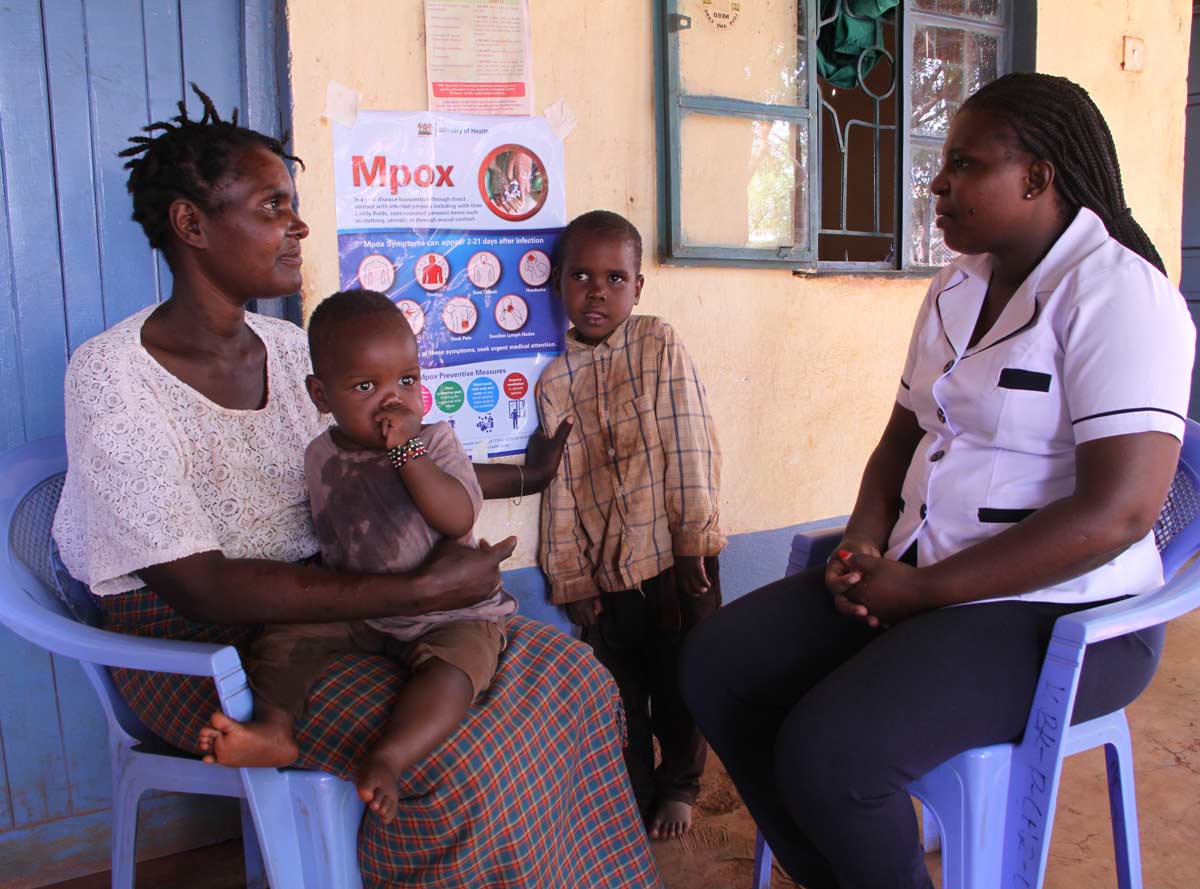The next pandemic: Marburg?
A cousin of Ebola, Marburg can kill nine out of ten people it infects, and international travel has taken it from Africa to Europe twice in the past 40 years. The virus has just hit Equatorial Guinea for the first time ever – what does this mean for the rest of the world?
- 22 April 2021
- 6 min read
- by Priya Joi

In August 1967, a cluster of patients in Marburg and Frankfurt, in Germany, and in Belgrade (then in Yugoslavia, now in Serbia), began showing symptoms of an infectious disease – a high fever, chills, muscle ache, and vomiting. The patients got sicker over the next few days, until they began bleeding from every orifice of their bodies, including needle puncture wounds. In total 31 people died.
Three months after this outbreak, virologists in Marburg had identified the first filovirus, a cousin of the equally-deadly Ebola virus. The virus had been carried by infected African green monkeys from Uganda.
Avoiding handling or eating bush meat is critical to avoid any potential infection that could spread from animals.
After this first sighting, the virus was mostly seen in African countries, in bat-infested caves or mines. About 40 years later, however, the virus re-emerged in Europe when a traveler returned to the Netherlands from a trip to Uganda, where she had been visiting caves.
The largest known outbreak of Marburg virus, in Angola in 2004, infected over 250 people and had a 90 percent fatality rate.
Marburg virus can persist in the eyes and testes of people who have recovered. In pregnant women it can persist in the placenta and amniotic fluid as well as breast milk. This can be extremely dangerous. In early 2021, there were reports that Ebola, closely related to Marburg, could lay dormant in people only to emerge many months after an epidemic had ended, triggering another outbreak.
Disease: Marburg
Where is it circulating? Most outbreaks have been in Africa, with cases reported in Angola, the Democratic Republic of the Congo, Kenya, South Africa, Uganda and Zimbabwe, and most recently Equatorial Guinea and Tanzania. There have also been outbreaks in Europe and the USA.
Pandemic threat: The Marburg virus can spread from human to human through contact with bodily fluids, much like Ebola. As outbreaks in Europe and the US have already shown, the risk for global spread is high in an increasingly globalised, highly mobile world — especially when the virus's incubation period can be up to three weeks. Given its high death rate, a Marburg pandemic could be disastrous.
How is it spread? Egyptian rousette fruit bats often harbour the virus. African green monkeys have in the past spread the virus to people in Uganda, but pigs can also become infected and can be a source of infection. Marburg virus is spread through direct contact (through broken skin or mucous membranes) with the blood, secretions, organs or other bodily fluids of infected people, and also through any materials such as bedding, that have been contaminated with the infected fluids. As a result, health workers treating patients with Marburg virus have often become infected, too. Burial ceremonies in which people have direct contact with the body can also drive the spread of the virus.
Have you read?
Case fatality rate: Marburg is one of the deadliest viruses we know of, killing as many as 88% people it infects.
Incubation period: The incubation varies from just two days to up to 21 days, though some studies have suggested the virus can incubate for as long as 26 days.
Symptoms: Marburg virus begins with a fever, severe headache and muscle pains. This is often followed by watery diarrhoea, stomach pain, nausea and vomiting, accompanied by extreme exhaustion and lethargy. Many people go on to develop severe viral haemorrhagic fever, and in severe cases have blood in their vomit and faeces, and may bleed from their nose, gums and vagina. The onslaught of the virus is so extreme that most people die 8-9 days after infection, often because of extreme loss of blood.
Diagnosis: Marburg can be difficult to distinguish clinically from other diseases, such as malaria, typhoid fever, meningitis and other viral haemorrhagic fevers. Diagnosis can be confirmed using techniques that detect the presence of immune response to the virus, such as antibody-capture enzyme-linked immunosorbent assay (ELISA), or the presence of virus in people presenting with symptoms, via antigen-capture detection tests, reverse transcriptase polymerase chain reaction (RT-PCR) assay, or virus isolation by cell culture. However, often none of these diagnostic tools are available in the countries with highest risk of Marburg outbreaks. In addition to having the diagnostic tests available, countries need to have laboratories that can ensure maximum biological containment conditions due to the fact that the samples are an extreme biohazard risk.
Are there vaccines or treatments, or ongoing R&D?
There are currently no specific therapeutics for Marburg virus. However, supportive care including rehydration with oral or intravenous fluids can improve the likelihood of survival. This can mean helping a patient maintain oxygen status and blood pressure, replacing lost blood and clotting factors, and treating any complicating infections. Potential treatments, including blood products, immune therapies and drug therapies, are currently being assessed. Marburg virus vaccine candidates are being investigated, and in 2019, for example, IAVI (the International AIDS Vaccine Initiative) began researching a recombinant vesicular stomatitis virus (VSV) vector Marburg virus vaccine candidate, called rVSVΔG-MARV-GP. Another vaccine candidate MVA-BN Filo containing both Marburg and Ebola virus antigens could potentially protect against both haemorrhagic viruses. It is currently in phase 3 trials, and seems to trigger good immunity against the Ebola Zaire strain but it has not yet been tested against Marburg virus.
Promising results came early in 2023 when a study in The Lancet showed that an experimental vaccine against Marburg virus (MARV) called cAd3-Marburg was safe and induced an immune response in a small, first-in-human clinical trial. This vaccine uses a chimpanzee adenovirus called cAd3 that had been modified to no longer replicate or infect cells, and presents a glycoprotein found on the surface of MARV to induce immune responses against the virus. The vaccine is soon to be trialled in Ghana, Kenya, Uganda, and the United States, and it could then be used in emergency responses to MARV outbreaks.
How could we lower the risk of it becoming a pandemic?
Since Marburg virus can spread between people, extremely stringent infection control measures are needed to avoid exposed people being in any contact with each other, to ensure any laboratory samples are disposed of carefully, and to ensure safe burial procedures. Avoiding handling or eating bush meat is also critical to avoid any potential infection that could spread from animals. International travel is a major risk factor for the spread of Marburg virus beyond Africa and rapid diagnostics to ensure that cases are picked up before people carry the virus to other countries will be important.









